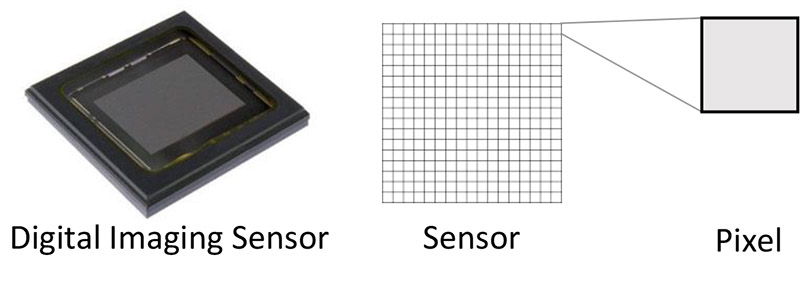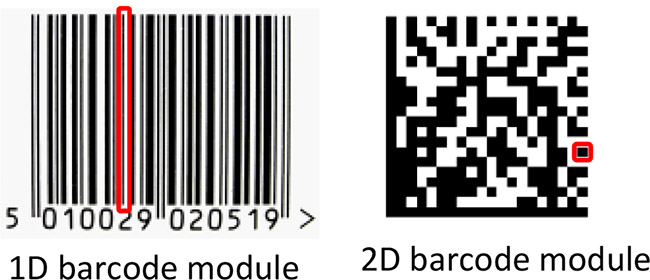(PPM = Pixels Per Module) is arguable the most important metric in successful image-based barcode reading.
What is a Pixel? In digital imaging, a pixel is a single imaging element of a multi-component imaging sensor. For the purpose of this article, all digital cameras have a sensor which is the actual component collecting light to create the image that we see.

What is a Module? . . . as related to 1D & 2D barcodes? In the simplest definition, a module is the smallest “bar” in a barcode. Keep in mind this bar can be either light or dark; and for 2D codes it is the small boxes that makes up the code, again either light or dark.

So . . . with the above definitions in mind, PPM (Pixels Per Module) equates to how many pixels can be laid across each barcode module. The Cognex Dataman Setup Tool outputs this value on screen, in a green text overlay (see image below). As a general guide line, Cognex readers & algorithms can read 1D barcodes down to 1.0 PPM and read 2D codes down to 2.5 PPM**.

What can affect PPM? Camera/Barcode reader resolution, physical barcode module size (we usually measure in mils (1000’s of an inch), working distance, FOV & lensing.
 Give us a call and we can help ensure you have the right combination of these parameters to ensure a successful solution for your barcode reading application.
Give us a call and we can help ensure you have the right combination of these parameters to ensure a successful solution for your barcode reading application.
**Most imaging sensors have more pixels in the horizontal axis, as opposed the vertical axis (this yields the “wide screen” effect that we are accustom to.) Keep this format in mind to potentially improve read rates for in-motion applications.